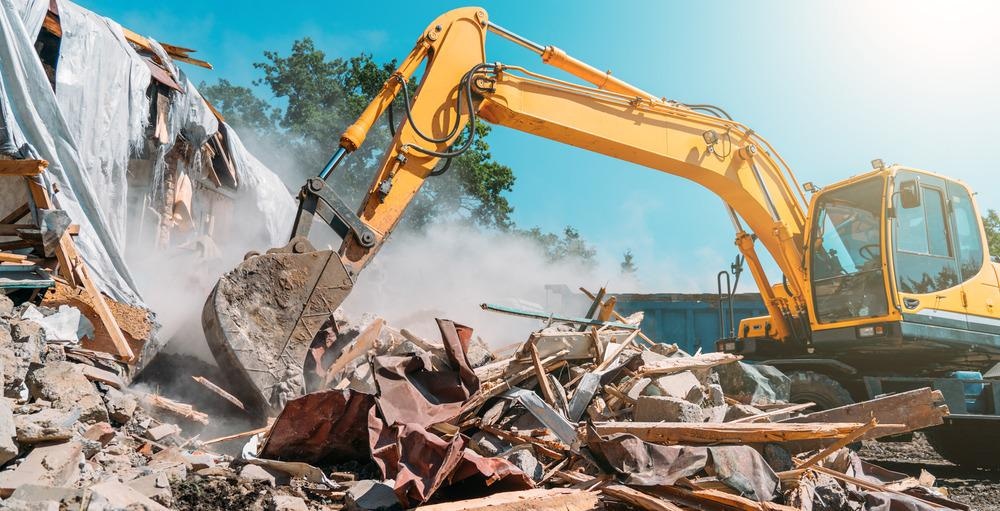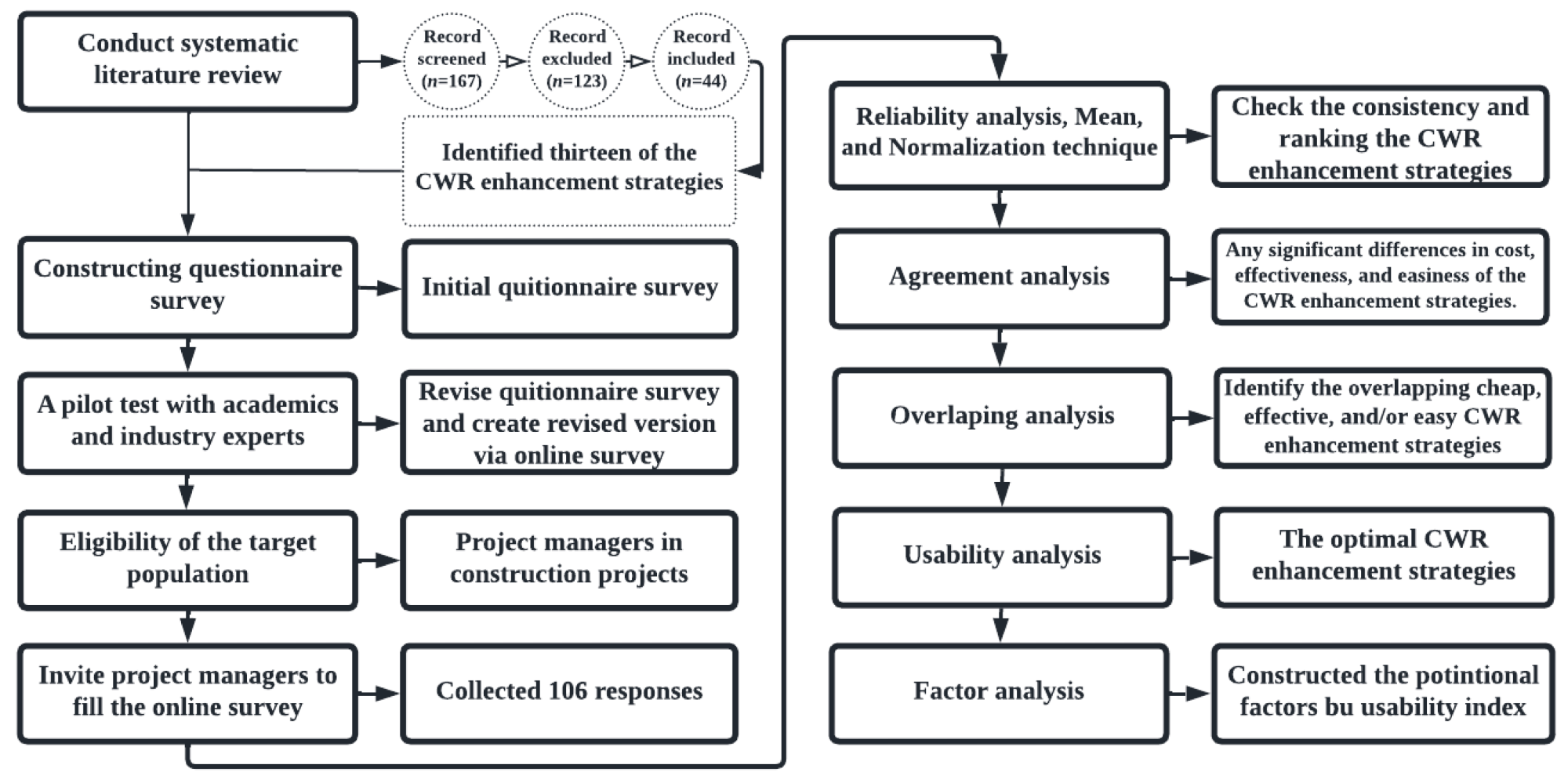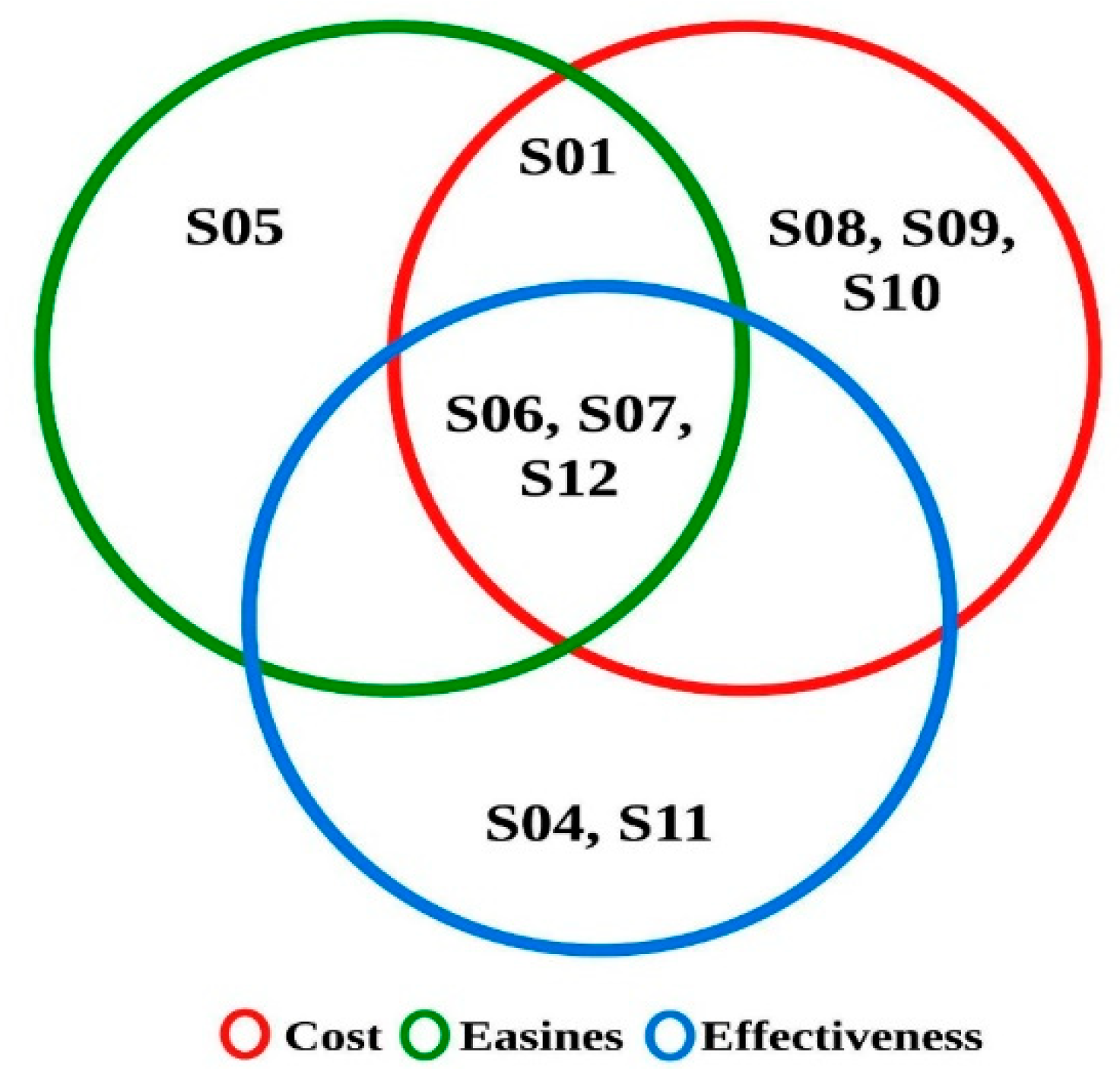 By Surbhi JainReviewed by Susha Cheriyedath, M.Sc.May 17 2022
By Surbhi JainReviewed by Susha Cheriyedath, M.Sc.May 17 2022In an article recently published in the open-access journal Sustainability, researchers presented a usability analysis of strategies for improving construction waste recycling.

Study: Strategies for Enhancing Construction Waste Recycling: A Usability Analysis. Image Credit: DedMityay/Shutterstock.com
Background
Construction waste (CW) is becoming a major environmental concern around the world. Construction waste recycling (CWR) is often regarded as a critical solution to CW-related problems. Adopting measures that address the limitations of CWR implementation can aid in increasing CWR rates. Adopting a cost-effective and easy-to-implement usability analysis in building projects would aid the implementation of CWR enhancement measures.
Several solutions for improving CWR implementation in building projects have been proposed. To expand CWR implementation in building projects, suitable augmentation measures must be determined.
Understanding the value of usability analysis is crucial to reducing CWR rejection in building projects. As a result, usability study may be one strategy for overcoming project managers' aversion to CWR augmentation tactics in building projects. However, such information is not yet available. To provide this knowledge, strategies for the implementation of CWR should be developed and assessed.

The workflow of the study. Image Credit: Noori, A. W et al., Sustainability
About the Study
In this study, the authors compared the usability of various tactics to improve CWR implementation. Based on a thorough literature evaluation, 13 CWR augmentation options were used to attain this goal. The data was acquired from 106 construction project managers via a questionnaire poll. Mean score ranking, overlap analysis, normalization, factor analysis, and agreement analysis were used to examine the data. The data was further evaluated using a proposed technique for calculating usability indexes based on ease, cost, and efficacy.
The team used a questionnaire survey to assess the effectiveness, cost, and ease of implementation of the solutions from the perspective of project managers. The systematic literature review (SLR) to find CWR augmentation options was detailed. The survey's development and participants were also discussed.
The researchers created a questionnaire survey based on the information obtained from an SLR. The SLR was used to identify and expand the body of information in the building domain on CWR augmentation measures; it was calculated using the preferred reporting items for systematic reviews and the meta-analysis (PRISMA) approach.
 Results for the overlap analysis (Legend: S01: raise project team awareness on CW; S04: acquire certifications related to CW recycling from the government (e.g., green building, LEED); S05: prepare dedicated spaces to sort CW; S06: organize temporary bins in each construction zone; S07: identify construction activities that produce recyclable materials; S08: adopt a database for collecting CW; S09: use information technology to facilitate CWR processes (e.g., website); S10: use CW recycled materials as alternative construction materials; S11: satisfy the requirements of CWR processes; S12: enhance company policies related to CW). Image Credit: Noori, A. W et al., Sustainability
Results for the overlap analysis (Legend: S01: raise project team awareness on CW; S04: acquire certifications related to CW recycling from the government (e.g., green building, LEED); S05: prepare dedicated spaces to sort CW; S06: organize temporary bins in each construction zone; S07: identify construction activities that produce recyclable materials; S08: adopt a database for collecting CW; S09: use information technology to facilitate CWR processes (e.g., website); S10: use CW recycled materials as alternative construction materials; S11: satisfy the requirements of CWR processes; S12: enhance company policies related to CW). Image Credit: Noori, A. W et al., Sustainability
Observations
The first produced element (S11, S05, S12, S13, S02, S10, S04), policy management, and workplace laws accounted for 43.961% of the total variance explained and were the construct with the most variables, whereas S09, S08 created the second element of information technology and capability management which accounted for 14.929% of the total variance. S06, S01, and S03 created the third construct of workplace laws and policy management. According to Bartlett's sphericity test, the approximate Chi-square was 776.018, with a p-value of less than 0.05. Cronbach's alpha values for effectiveness, cost, and ease were 0.928, 0.862, and 0.878, respectively, which were higher than the suggested threshold.
Three solutions had high usefulness indexes: establishing temporary bins in each construction zone, identifying construction activities that produce recyclable materials, and improving company policies connected to CWR. These high-usability tactics were compatible with the overlapping effective, cheap, and simple strategies.
The findings of this study, which were based on data from 106 project managers, could assist in identifying problem areas within enhancement initiatives. Thirteen different tactics could be used to improve CWR rates in construction projects. Three of the 13 tactics were relatively successful, inexpensive, and simple in comparison to the others. The results suggested a formula for the calculation of usability indexes based on ease, cost, and effectiveness.

Scree plot of factor analysis. Image Credit: Noori, A. W et al., Sustainability
Conclusions
In conclusion, this study examined the interconnected components of techniques for improving CWR rates in construction projects. The usability analysis method was used, as it allowed for an objective assessment of the enhancement options. The outcomes of the study provided an overview of CWR enhancement options by assessing their cost-effectiveness and ease of implementation.
The authors believe that the findings of this study can assist researchers and industry practitioners in improving the execution of CWR enhancement initiatives, decreasing project manager rejection, and providing a new study reference. They also mentioned that this research would close the gap by examining the usability of CWR enhancement options in terms of cost, effectiveness, and ease of implementation.
The team emphasized that CWR rates in building projects can be improved with effective CWR enhancement tactics. They stated that future studies could use the approach used in this study to compute usability indices using questionnaire surveys.
Disclaimer: The views expressed here are those of the author expressed in their private capacity and do not necessarily represent the views of AZoM.com Limited T/A AZoNetwork the owner and operator of this website. This disclaimer forms part of the Terms and conditions of use of this website.
Source:
Noori, A. W., Royen, M. J., Medved’ová, A., et al. Strategies for Enhancing Construction Waste Recycling: A Usability Analysis. Sustainability 14(10) 5907 (2022). https://www.mdpi.com/2071-1050/14/10/5907